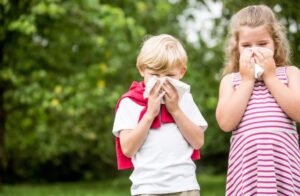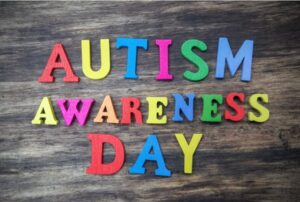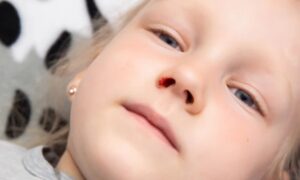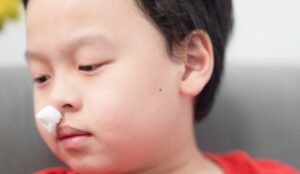Winter is here, bringing snowy and icy roads that kids love to explore. However, these conditions also pose a risk of slipping and getting hurt. For instance, 8-year-old Sophia slipped on her way home from school and injured her arm, while 10-year-old James fell while playing in the snow, landing hard on his back. These incidents often leave parents wondering, "How can I prevent my child from slipping and getting hurt in snowy and icy areas?"
Here are some practical tips to help your child stay safe during winter, allowing them to enjoy the season while avoiding injuries.
Why Are Snowy and Icy Surfaces So Slippery?
Snowy and icy surfaces reduce friction, making it difficult to maintain footing. Children, whose motor coordination is still developing, may struggle to react quickly when slipping. Additionally, thick winter clothing can make movements cumbersome, increasing the likelihood of falls leading to sprains, bruises, or even fractures.
Key Measures to Prevent Slipping
Choose the Right Shoes for Better Grip
Shoes are the first line of defense against slipping.
Recommendations:
- Select boots with non-slip soles made of rubber or thermoplastic elastomers for better grip.
- Ensure the soles have noticeable tread patterns to increase friction with the ground.
- Avoid hard-soled shoes or sneakers with smooth soles, as they can be extremely slippery on icy surfaces.
Use Anti-Slip Accessories
In addition to proper shoes, anti-slip tools can provide extra protection.
Recommendations:
- Add anti-slip pads or cleats to the soles of shoes for improved traction.
- For children using ski equipment, ensure the gear fits well and is securely fastened.
Teach Kids the Right Way to Walk
Improper walking posture often leads to falls, especially on icy paths.
Recommendations:
- Encourage kids to walk slowly and take small, steady steps on slippery surfaces.
- Teach them to mimic a penguin’s walk by bending their knees slightly and keeping their weight centered over their feet.
- Advise them to sidestep when walking on steep or uneven surfaces to maintain balance.
Plan Safe Play Areas
Avoiding hazardous areas is a straightforward way to reduce the risk of slipping.
Recommendations:
- Take children to parks or playgrounds with anti-slip mats or designated safe zones.
- Keep them away from steep icy slopes or uneven snow-covered paths.
- Teach kids to identify icy patches and choose rough or sanded paths for walking.
Dress in Proper Winter Gear
Thick winter clothing can help cushion falls and reduce impact.
Recommendations:
- Dress children in padded clothing, especially around the elbows and knees.
- Use gloves to keep their hands warm and protected during falls.
Monitor Weather Conditions and Adjust Plans
The slipperiness of roads varies with weather conditions.
Recommendations:
- Limit outdoor activities on days with freezing rain or heavy snow, opting for indoor fun instead.
- Be cautious after a snowfall when ice on the roads has not yet melted.
Teach Children How to Fall Safely
Despite all precautions, falls may still happen. Teaching kids how to fall correctly can minimize injuries.
Recommendations:
- Instruct kids to avoid breaking their fall with their hands to prevent wrist injuries.
- Encourage them to fall sideways and use their body to absorb the impact.
- Teach them to get up slowly after a fall, ensuring they are uninjured before continuing.
The Importance of Parental Supervision
Parental guidance and supervision play a critical role in preventing accidents during winter.
Recommendations:
- Accompany younger children on slippery surfaces.
- Set clear boundaries and identify safe play areas for your child.
- Demonstrate proper walking techniques and falling strategies to enhance their safety awareness.
Responding to Falls
If your child does fall, knowing how to respond is crucial.
Recommendations:
- For minor scrapes, clean the wound with water, apply antiseptic cream, and cover with a bandage.
- If your child complains of joint pain or mobility issues, seek medical attention to rule out fractures or ligament injuries.
- Provide emotional support to alleviate their fear of snow or icy surfaces after a fall.
Enjoying Winter Safely
Winter activities like building snowmen, skiing, or snowball fights are a joy for kids, but safety must come first. By choosing the right footwear, planning safe play areas, teaching proper walking techniques, and taking necessary precautions, parents can ensure their children stay safe while enjoying the wonders of winter.
References
- American Academy of Pediatrics. Winter Safety Tips for Kids.
- Mayo Clinic. How to Prevent Falls in Winter Conditions.
- CDC. Tips for Preventing Winter Injuries.
- Harvard Health Publishing. Cold Weather Safety for Families.













